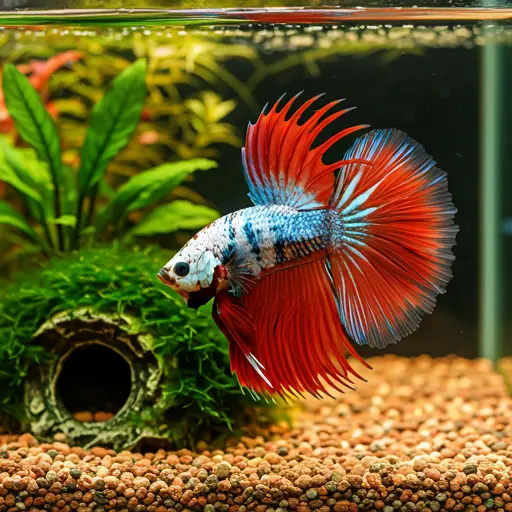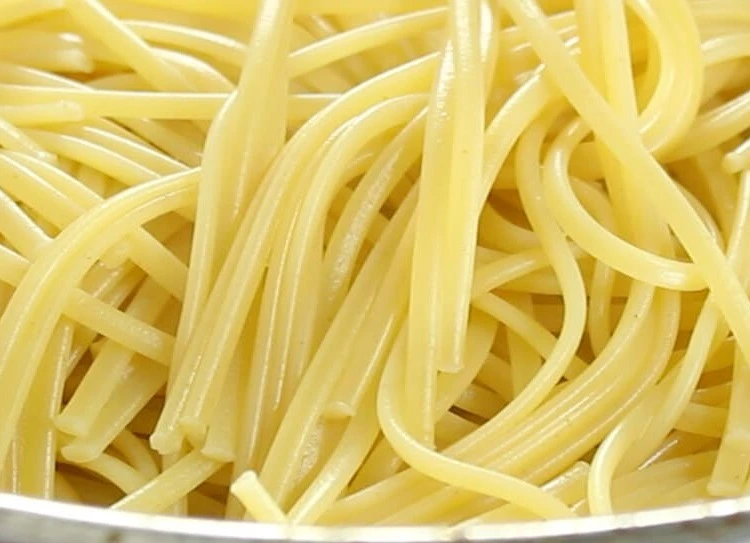Halfmoon Betta: The Ultimate Guide to Care and Breeding

Halfmoon Bettas, with their stunning 180-degree tail spread and vibrant colors, are among the most captivating freshwater fish for hobbyists. But behind their beauty lies a need for specific care. In this comprehensive guide, we’ll cover everything you need to know about owning and caring for a Halfmoon Betta, from tank setup to health management.
What is a Halfmoon Betta?
Halfmoon Bettas, scientifically known as Betta splendens, are a variety of Siamese fighting fish renowned for their semi-circular, half-moon-shaped tail that spreads to an impressive 180 degrees when flared. These fish are native to the rice paddies, shallow ponds, and streams of Southeast Asia, including Thailand, Cambodia, and Vietnam. The species has been selectively bred over the years to enhance its distinctive traits, such as vivid colors and intricate tail designs.
Physical Characteristics of Halfmoon Bettas
- Size: An adult Halfmoon Betta typically grows to about 2-2.5 inches in length.
- Tail Shape: The most iconic feature is the wide, 180-degree spread of their caudal (tail) fin.
- Coloration: Their color spectrum is vast, ranging from red, blue, yellow, to multi-colored combinations. Selective breeding has intensified these colors, making them a spectacle in home aquariums.
- Lifespan: In captivity, with proper care, a Halfmoon Betta can live for 2-4 years, although some have been known to live longer under optimal conditions.
Setting Up the Perfect Halfmoon Betta Tank
Providing the right environment is key to the health and well-being of your Halfmoon Betta. Here’s what you need to know for the perfect setup:
Tank Size and Environment
- Minimum Tank Size: A common mistake many make is keeping Bettas in small bowls. A Halfmoon Betta requires at least a 5-gallon tank for adequate swimming space.
- Water Temperature: Maintain a stable water temperature between 76°F and 82°F. Bettas are tropical fish, and cold water can cause stress and diseases.
- Filtration: Use a gentle filter that doesn’t produce strong currents, as Halfmoon Bettas can struggle to swim against powerful water flow due to their large fins.
- Substrate and Decoration: Opt for smooth gravel or sand as substrate. Bettas enjoy exploring their environment, so include live plants (such as Java Fern and Anubias) and hiding spots (like caves and driftwood). Avoid sharp decorations that could tear their delicate fins.
Water Quality and Conditions
- pH Level: Halfmoon Bettas prefer slightly acidic to neutral water, with a pH between 6.5 and 7.5.
- Water Changes: Perform regular water changes of 25-30% weekly to maintain water quality and remove toxins. Ensure the water is dechlorinated before adding it to the tank.
- Lighting: Moderate lighting is best. Bettas do not require bright lighting, and too much can lead to stress or excessive algae growth in the tank.
Diet and Feeding for Halfmoon Bettas
Bettas are carnivorous by nature and need a high-protein diet to thrive. A well-balanced diet ensures vibrant color, fin growth, and overall health.
Recommended Diet
- Pellets: High-quality Betta-specific pellets should be the staple of their diet. These are formulated to meet their protein needs.
- Live and Frozen Foods: Bettas relish live food such as brine shrimp, daphnia, and bloodworms. Frozen varieties are also excellent alternatives.
- Feeding Schedule: Feed your Halfmoon Betta 1-2 times per day, providing only what they can consume within 2-3 minutes. Overfeeding can lead to obesity and water pollution.
Understanding Halfmoon Betta Behavior
Bettas, especially males, are territorial and often aggressive toward other male Bettas. However, they exhibit intriguing behaviors that make them fascinating pets.
Aggression and Tank Mates
- Aggressive Nature: Male Halfmoon Bettas should always be housed alone. They will fight with other males, sometimes to the death.
- Compatible Tank Mates: If you plan to add other fish, ensure they are peaceful, non-aggressive species that won’t nip at your Betta’s fins. Suitable companions include small snails, shrimps, and docile species like Corydoras catfish and Neon Tetras. Keep a close eye on any tank mates for signs of aggression.
Breeding Behavior
Breeding Halfmoon Bettas can be a rewarding experience but requires patience and preparation.
- Bubble Nesting: Males create bubble nests on the water’s surface when ready to breed. After mating, the male cares for the eggs, placing them in the nest.
- Breeding Tank: For successful breeding, set up a separate breeding tank with minimal water movement and no other tank mates.
- Fry Care: Once the fry hatch, remove the female and keep the male until the fry are free-swimming. Baby Bettas need infusoria and special fry food in their early days.

Common Health Issues in Halfmoon Bettas
Like all fish, Halfmoon Bettas are susceptible to several health problems, especially if their environment is not properly maintained. Here are some common issues to watch for:
Fin Rot
- Symptoms: Tattered or deteriorating fins, discoloration at the edges.
- Cause: Poor water quality or bacterial infection.
- Treatment: Improve water quality and use over-the-counter aquarium antibiotics.
Swim Bladder Disease
- Symptoms: Difficulty swimming, floating upside down or sinking to the bottom.
- Cause: Overfeeding, constipation, or infection.
- Treatment: Fast the fish for a day and offer a blanched pea to help clear their digestive tract.
Ich (White Spot Disease)
- Symptoms: White spots on the body and fins, rubbing against objects.
- Cause: A parasitic infection, often triggered by sudden temperature changes.
- Treatment: Raise the tank temperature slightly and treat with Ich-specific medication.
Conclusion
Caring for a Halfmoon Betta requires a balance of proper tank setup, diet, and monitoring for any health issues. With the right environment and attention, these beautiful fish can live long, vibrant lives. Their distinct personalities and striking appearance make them a centerpiece of any aquarium. By understanding their specific needs, from water quality to compatible tank mates, you can ensure that your Halfmoon Betta thrives. With consistent care and a healthy diet, they will remain an active and stunning presence in your home aquarium for years.
Frequently Asked Questions (FAQs)
1. How can I tell if my Halfmoon Betta is happy?
A happy Halfmoon Betta will be active, swimming freely, and displaying vibrant colors. It will eagerly come to the surface for food and may even flare its fins.
2. Can I keep two male Halfmoon Bettas together?
No, male Halfmoon Bettas are highly territorial and will fight each other, potentially causing injury or death. It’s best to keep them in separate tanks.
3. What should I feed my Halfmoon Betta?
Feed them a varied diet of high-quality Betta pellets, live or frozen bloodworms, and brine shrimp. Avoid feeding them too much to prevent bloating.
4. Why is my Betta’s tail fin clamped?
A clamped tail fin could indicate stress, poor water quality, or illness such as fin rot. Check water parameters and ensure a clean environment.
5. Do Halfmoon Bettas need a heater?
Yes, Halfmoon Bettas are tropical fish and require a heater to maintain a stable temperature between 76-82°F.






